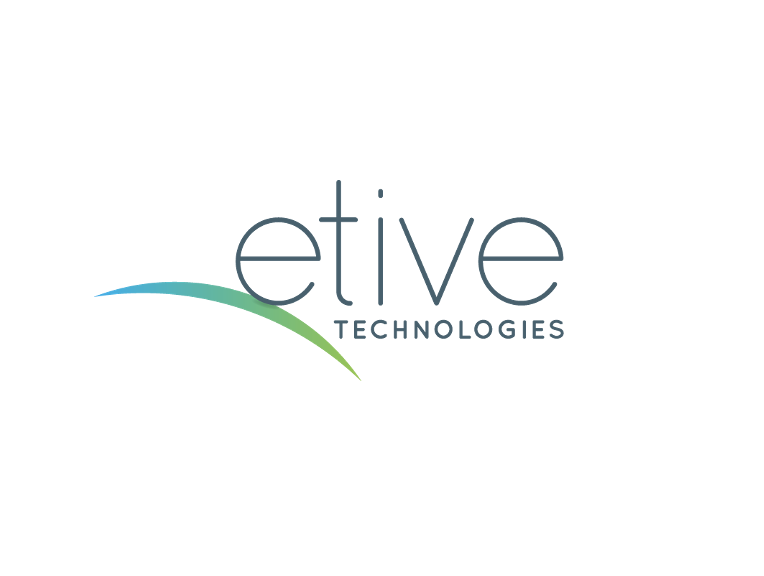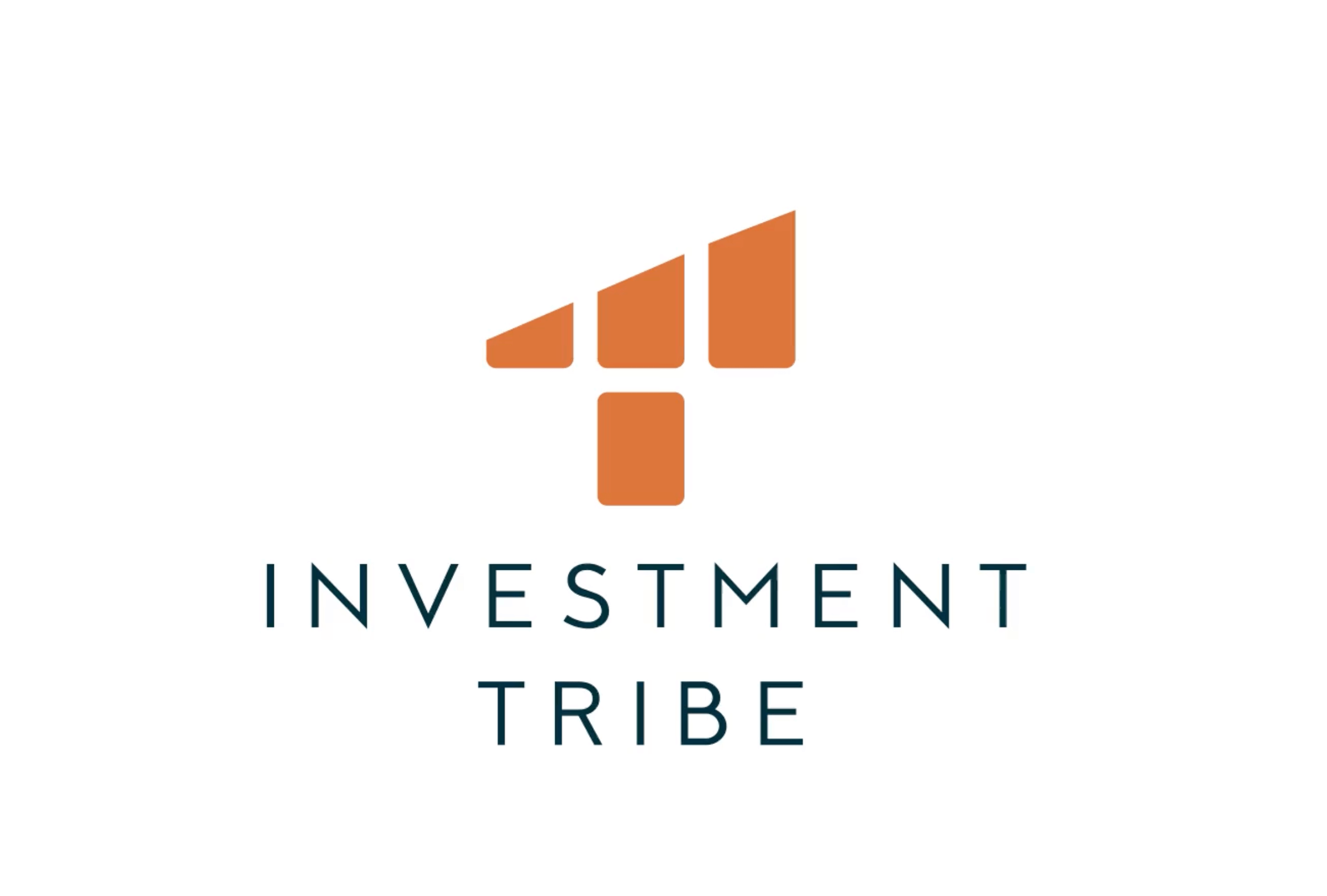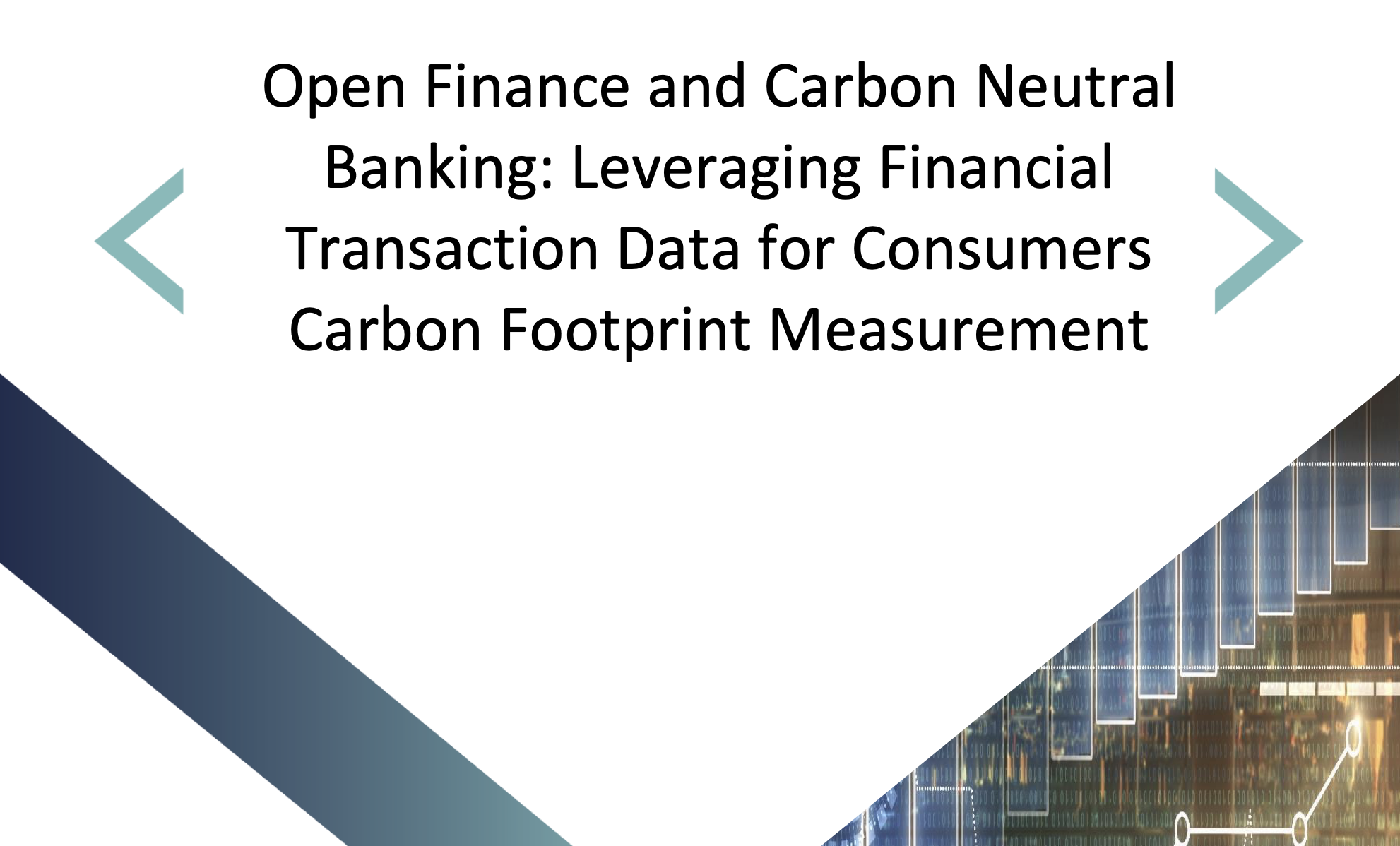Before we jump to what Payments Orchestration is, let’s consider what it’s not
A Payments Orchestration service is not:
- A payment service provider/processor
- Placing a requirement on the merchant to replace their existing or preferred payment providers in order to benefit from Payments Orchestration
- Incentivised by revenue streams of Payment Service Providers – hence is driven by merchant business goals
- A service that requires a merchant to amend contracts with their existing Payment Service Providers
The simple principle of Payment Orchestration.
If enterprises want to reach new markets, respond to consumer preferences, control and minimise payment transaction fees and ensure a continuous flow of payments, they need to adopt a strategic approach to payments that can’t be addressed by any existing platform or by traditional Payment Service Providers with point-to- point integrations.
They need a centralised independent platform they control that fits into their existing system and liberates them from external control and limitations.
An enterprises Payments Orchestration sits between enterprises e-commerce platforms and payment processors.
In simple terms, it slots into existing payment flows; one integration to a Payment Orchestration service, then opens up to a wealth of new payment services and alternative payment methods. It therefore becomes easy to “plug and play” services to meet business needs. As for the payment routing, these can be configured based on the individual and changing needs of the business.
What Payment Orchestration does
- Provide access to a wealth of payment services/alternative payment methods through a common platform via easy to connect API’s
- Provides intelligent routing capabilities to optimise approval rates and optimise associate payment fees (including auto retry of failed transactions)
- Dynamic switching capability, to add or remove payment methods or introduce niche payment types for time bound campaigns
- Define routing payment parameters and deliver an effective plan to manage multiple payment providers with a single consolidated dashboard
- Offers flexibility to design/ customise check out pages, free from constraints of individual PSP’s
- Offers a centralised tokenisation capability to optimise transaction routing and join up customer transactions / including secure card vault to support ease of payments for returning customers
- A central source for transactional data to connect other tools to automate and drive efficiency, such as automated reconciliation accounting tools, enterprise fraud management, loyalty systems and foreign exchange services etc
Our comprehensive team brings together a depth of knowledge and experience in digital payment technologies and large scale, mission critical systems
We recognise the evolution of digital payments is still in its infancy, and set about creating the technologies that merchants need to retain flexibility, stay in control and stay ahead.
Key to delivering this vision are the people behind it.
Bridge CEO, Brian Coburn, was formerly CIO of Stagecoach Group and led their global digital transformation overseeing the resultant shift to high volumes of digital payments. Brian devised Bridge in response to seeing the challenges faced by large organisations in the race to digitise their businesses; to help them innovate at speed.
Our Chairman, David Reeves has a long and highly successful international executive career including sitting on Sony Japan’s Board and leading Sony Computer Entertainment Europe. David is a highly respected digital leader with a wealth of relevant market experience across, fast moving consumer goods, gaming and digital publishing. With a consistent emphasis on ecommerce and transforming the physical to digital. David now brings this depth of experience to Bridge.
Most importantly, a team of highly skilled, very motivated technologists and payment experts are driving Bridge forward, bringing the collective vision to life, delivering new capabilities and providing our customers with valuable insights into their customers.
The Bridge team has been supported in their goals by the Gloag Investment Group. The Gloag Investment Group owns and manages a diverse portfolio of investments and holds extensive direct experience backing experienced management teams and delivering value in the high growth and technology sectors.

Brian Coburn
Chief Executive
Brian is a passionate technologist with two decades of experience devising and delivering innovative solutions within large, multi-national corporate environments. Formerly CIO of Stagecoach Group plc, Brian led the digital transformation of the group across its divisions globally.

Ryan Paschke
COO
Ryan joined Bridge in 2018 as a deeply experienced and focussed project and operational manager. He has a sustained record of success; delivering enterprise projects at scale within the financial services and government sectors; combining a deep focus on process and team management with the necessary robust entrepreneurial flair to deliver at pace. He has full responsibility for the ongoing operational management of the business and ensuring successful outcomes from the technical team.

Stuart Williamson
Business Development Director
Stuart has worked with some of the most prominent global IT service companies, including Fiserv, BT and Accenture. For the last 7 years he has been with Fiserv as their Sales Director EMEA focussing on major deals within Core banking and related financial services, whilst also building a re-seller distribution network in Middle East, Africa and Europe.

Tim Watson
Marketing Director
Tim Watson has 20+ years of experience in brand strategy, advertising and marketing. After running marketing agency Attik in the late 90’s, which was at the time one of the top 10 brand agencies globally and being retained by Nike, he spent 5 years in the Publicis advertising group, running their brand strategy division. Since 2005 Tim has worked with select senior teams, as an independent consultant helping businesses maximise their brand and marketing effectiveness.







